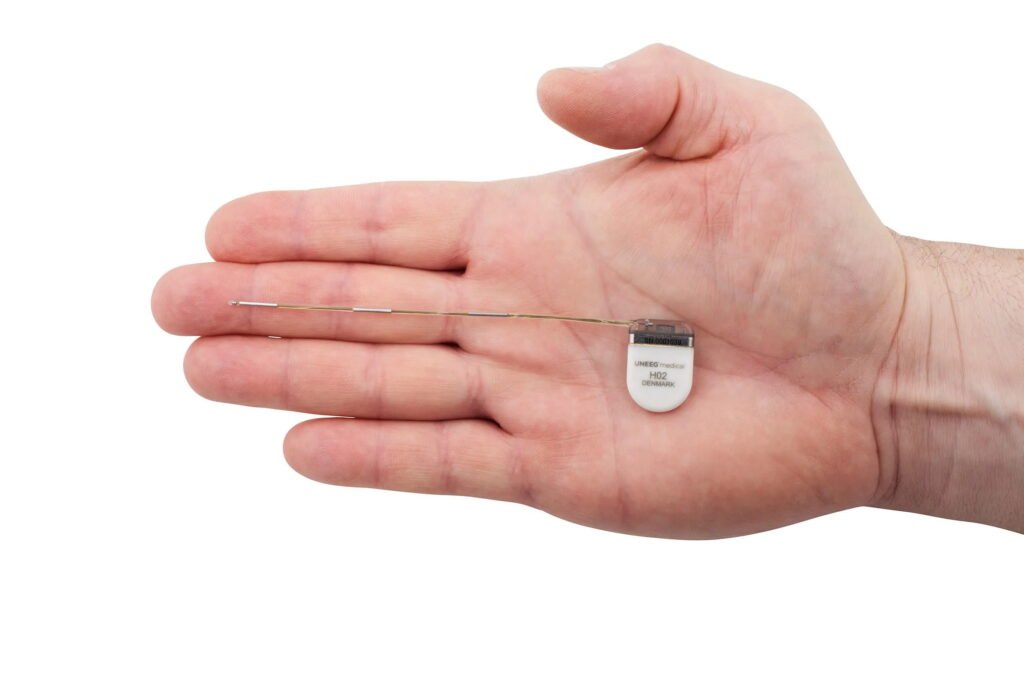Researchers at King’s College London, in collaboration with the Mayo Clinic and UNEEG Medical, have developed a small implantable device that can monitor epileptic seizures in real-world settings with far greater accuracy than traditional methods. The device, called a subcutaneous electroencephalography system (sqEEG), is about the size of a coin and is placed under the scalp behind the ear. It includes a thin wire that extends toward the brain region where seizures are expected to occur and wirelessly connects to an external recorder worn discreetly behind the ear.
The study involved ten adults with treatment-resistant epilepsy who wore the device for up to 15 months. During this time, the sqEEG system collected over 72,000 hours of brainwave data and recorded 754 seizures. Participants also kept seizure diaries and used fitness trackers to log their health. When researchers compared the implant’s data to the diaries, they found that patients had only correctly recorded about 48% of their actual seizures. In contrast, 27% of the episodes logged in the diaries didn’t show any seizure activity at all.
The sqEEG system was also able to distinguish between different types of seizures—convulsive, nonconvulsive with awareness, and nonconvulsive without awareness—more accurately than the participants themselves. Most users found the implant unobtrusive and acceptable, with many wearing it for more than 20 hours a day.
This technology could be a game-changer for epilepsy care, especially for the one-third of patients whose seizures don’t respond to medication. By providing objective, continuous data, the device allows clinicians to better understand seizure patterns and tailor treatments more effectively. Researchers now plan to conduct larger trials to validate the system and make it more widely available.
Article from King's College London Under-the-skin electrode allows for real-world epilepsy tracking
Abstract in Epilepsia: Real-world epilepsy monitoring with ultra-long-term subcutaneous electroencephalography: A 15-month prospective study

